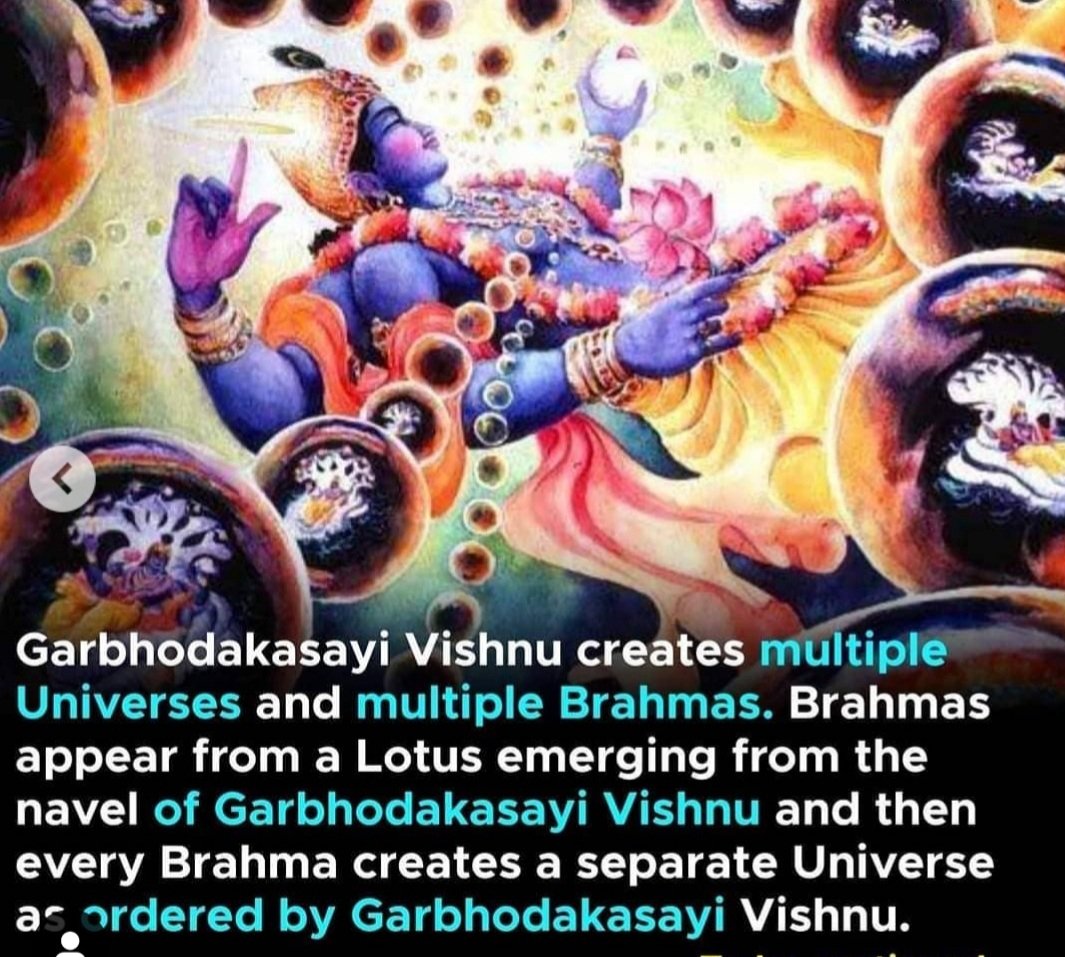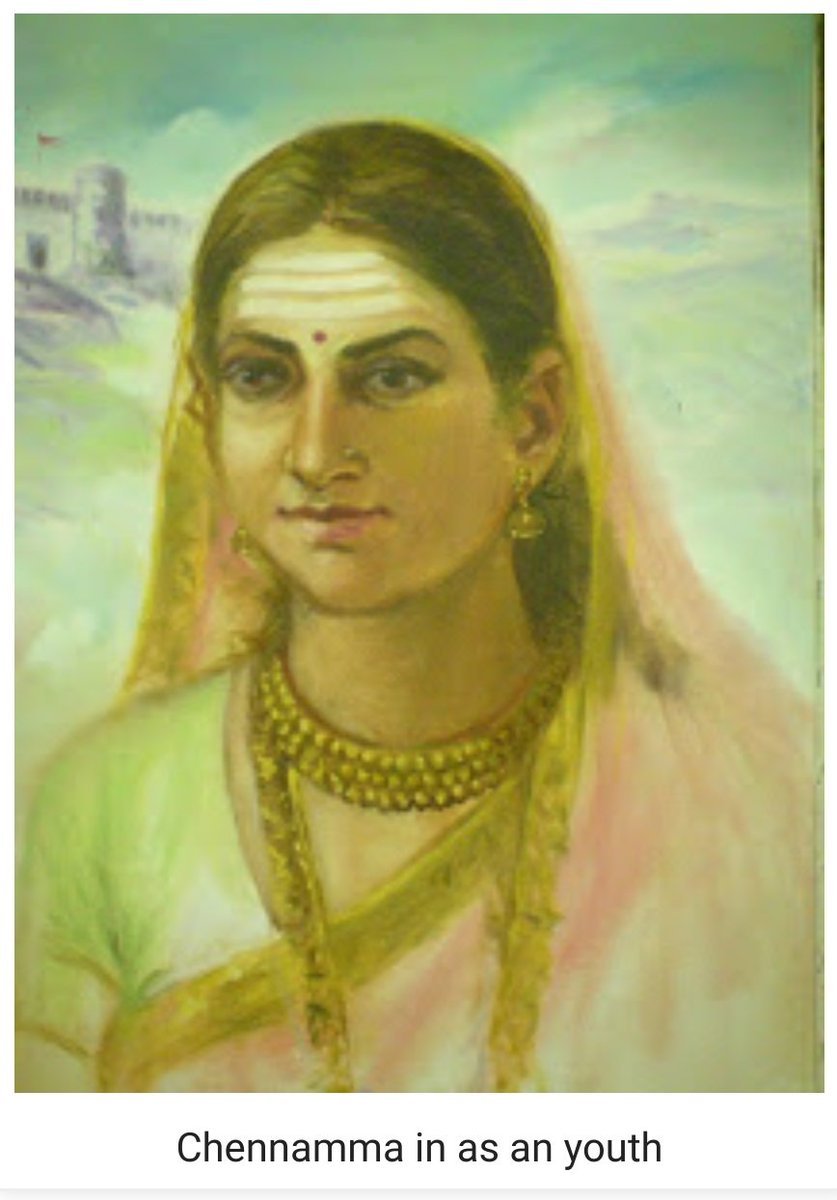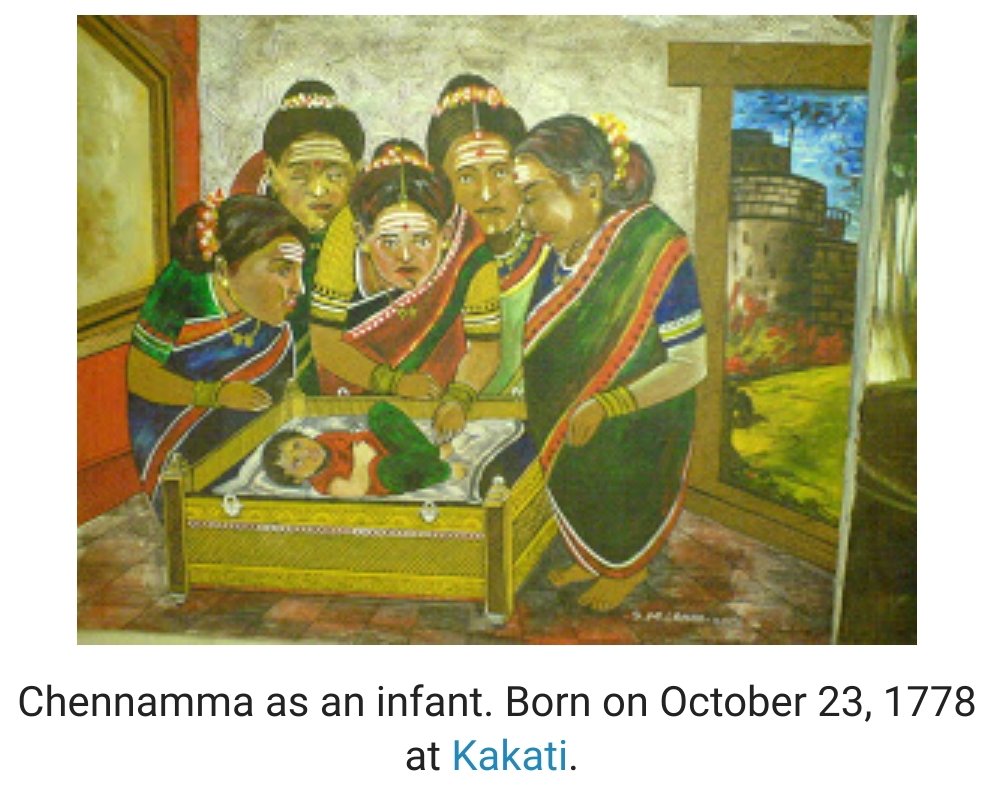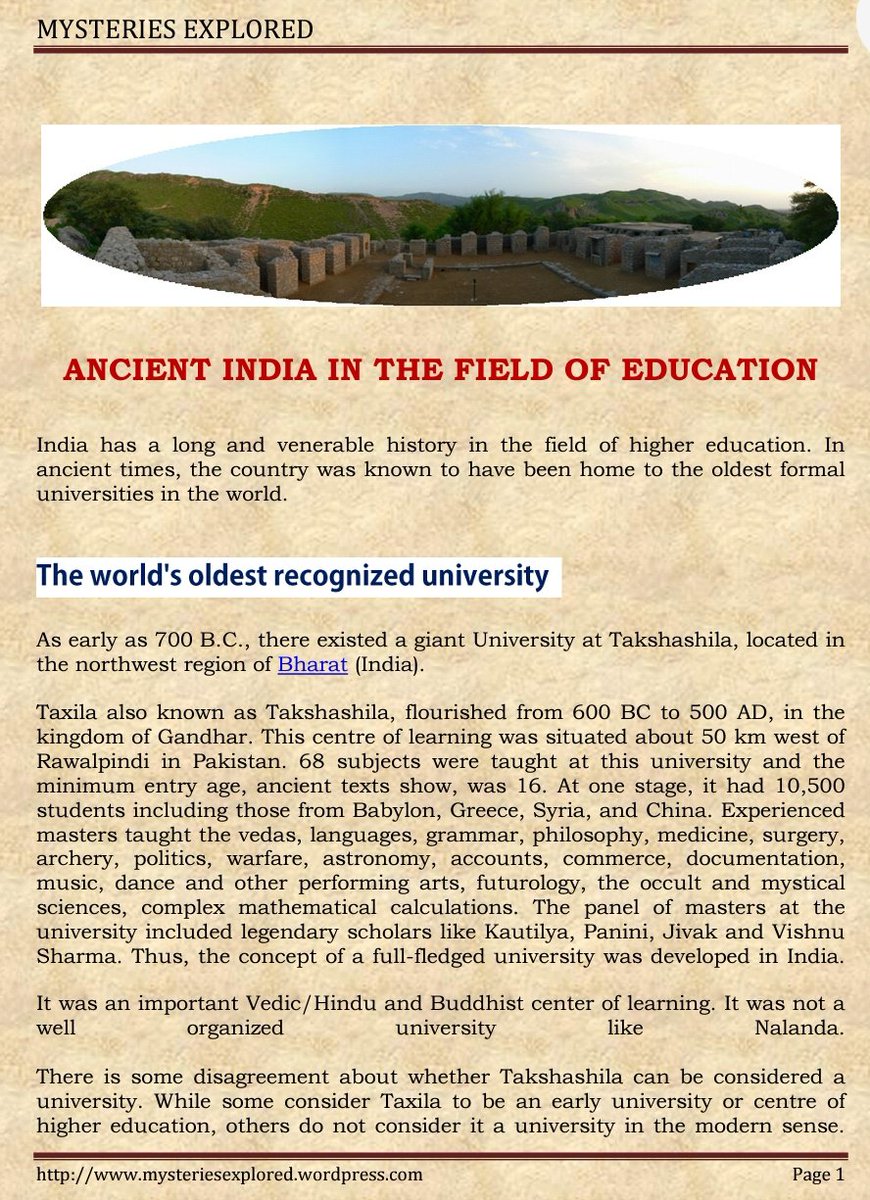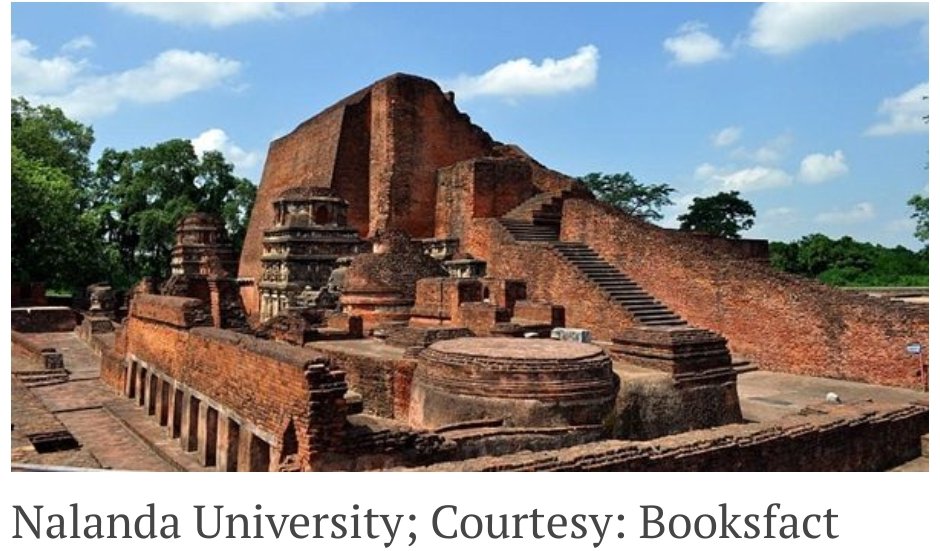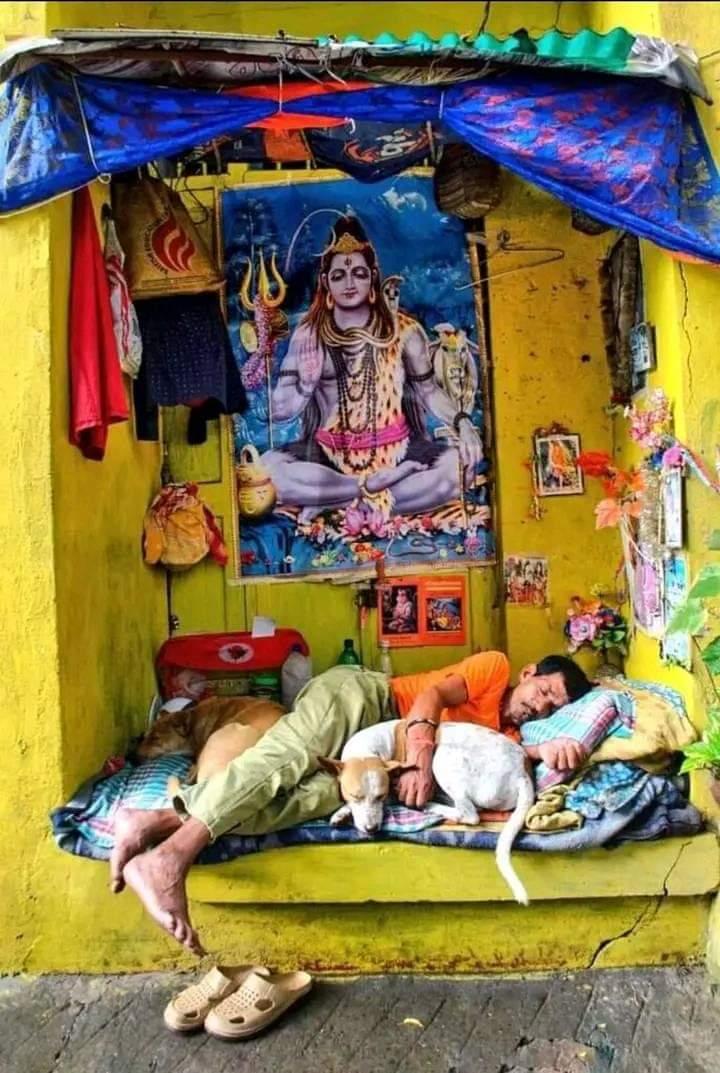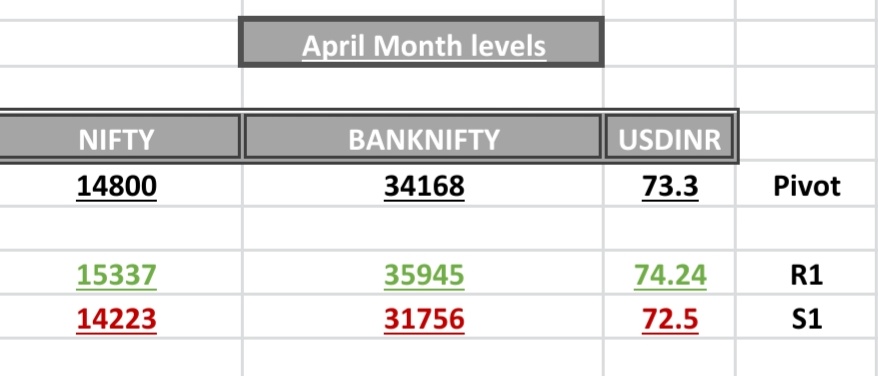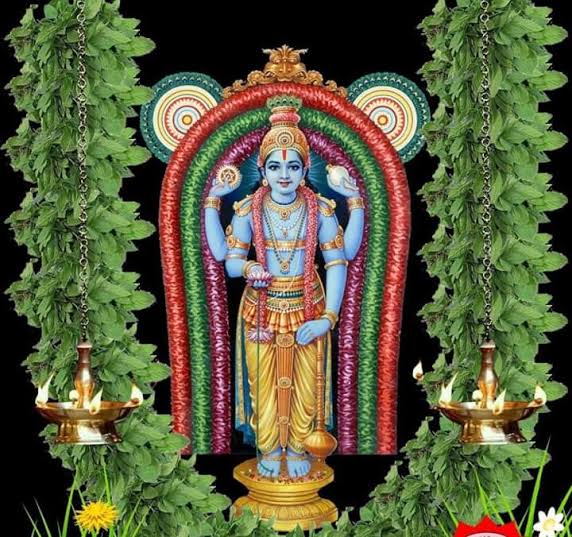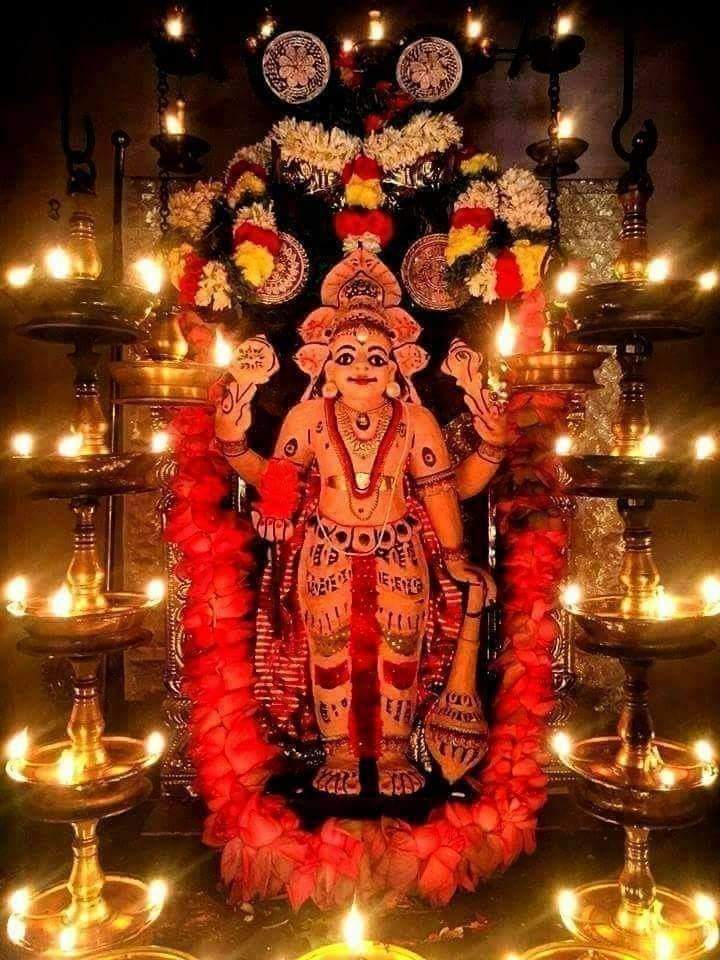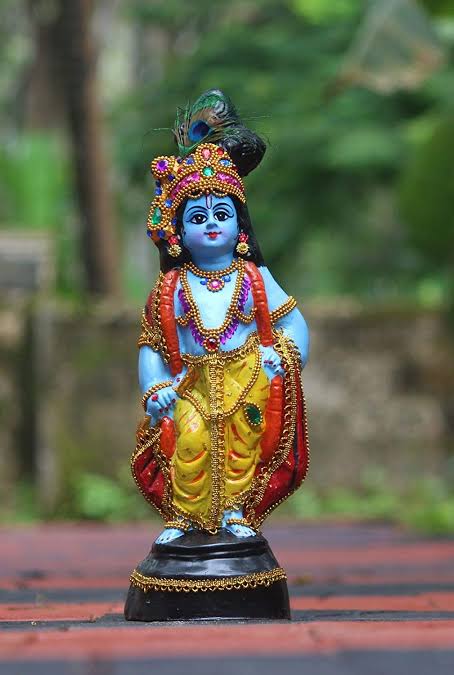We are here to talk about the Vedic version of the planetary system,
VEDIC COSMOLOGY, also known as Hindu Cosmology, and cosmography are both interesting and inspiring. Today’s “modern” Vedic texts originated around 3,000 B.C.E. This is the oldest scientific and the oldest religious doctrine known to the human race.

We are here to talk about the Vedic version of the planetary system,
Talking about “cosmic manifestation,” we need to incorporate both spiritual and material existence.


There are innumerable planets, all indestructible and forever lasting. That is what the Vedas say about the spiritual planets. Our concentration here is more towards the material side of things.
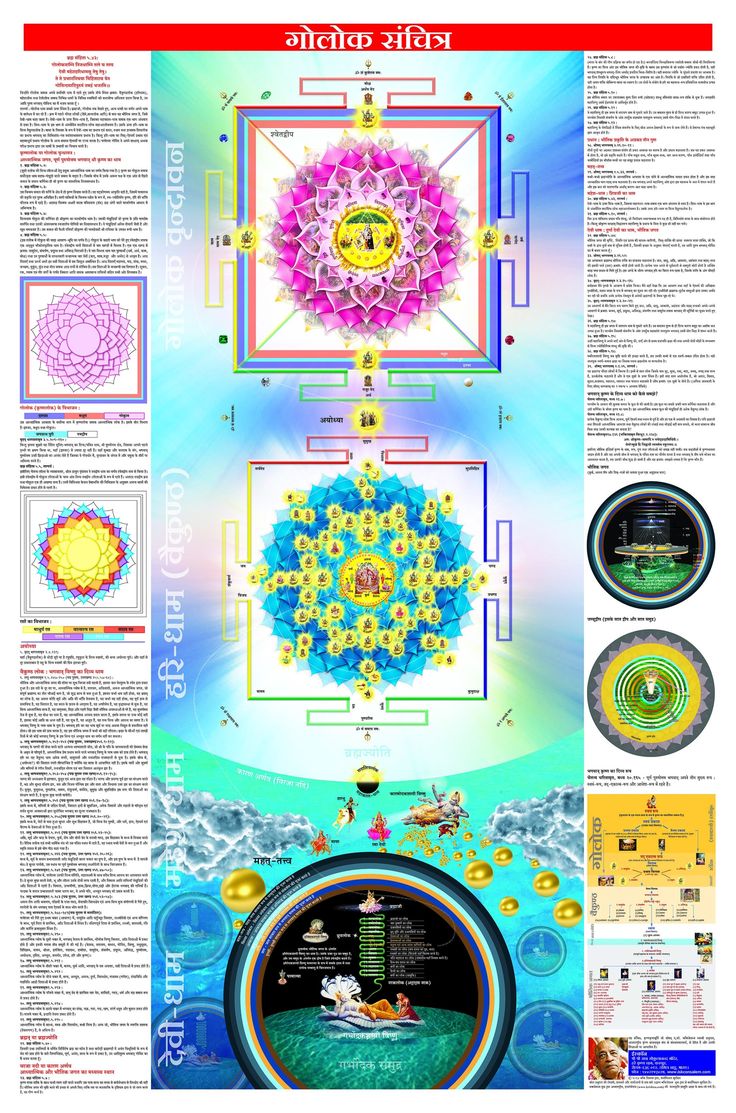
These planetary systems r
Satya-loka
Tapa-loka
Jana-loka
Mahar-loka
Svar-loka
Bhuvar-loka
Bhur-loka
Atal-loka
Vital-loka
Sutal-loka
Talatal-loka
Mahatal-loka
Rasatal-loka
Patal-lok
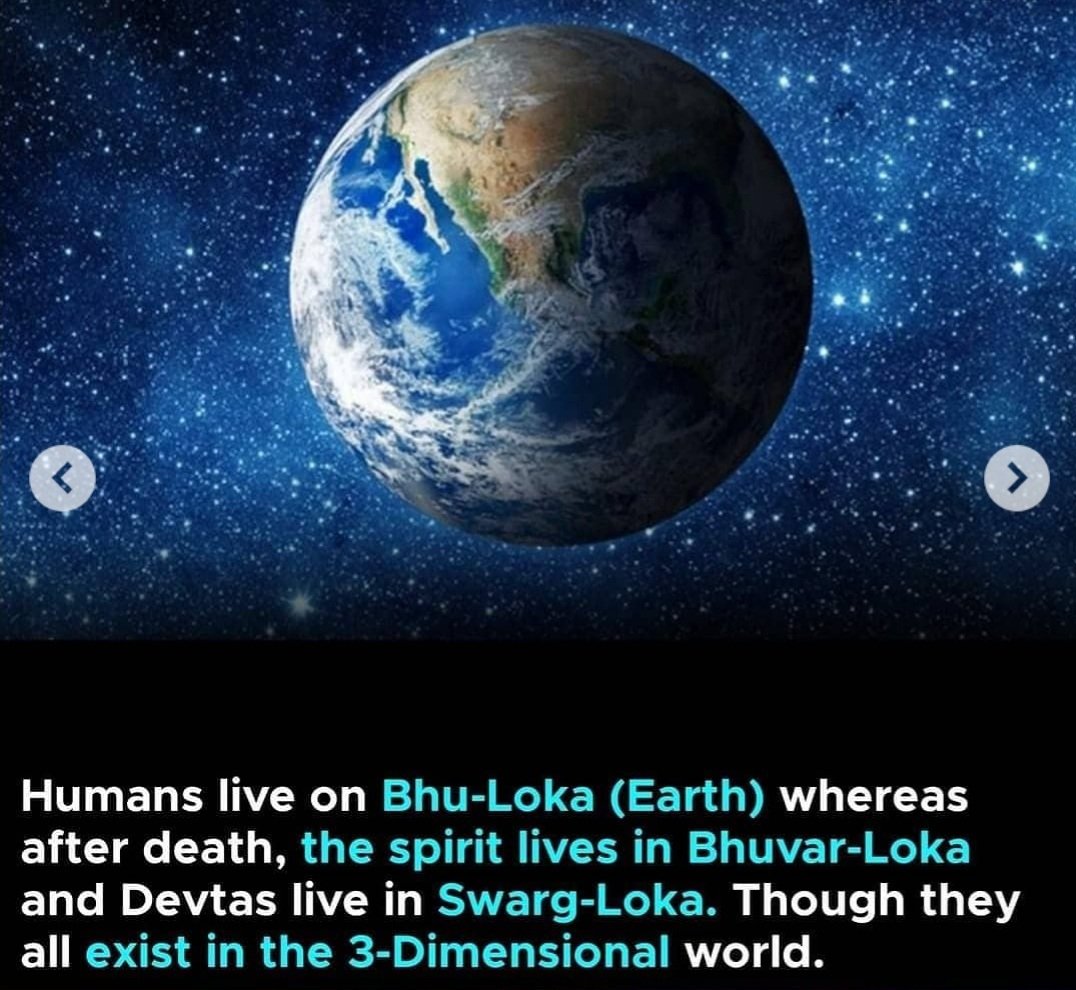
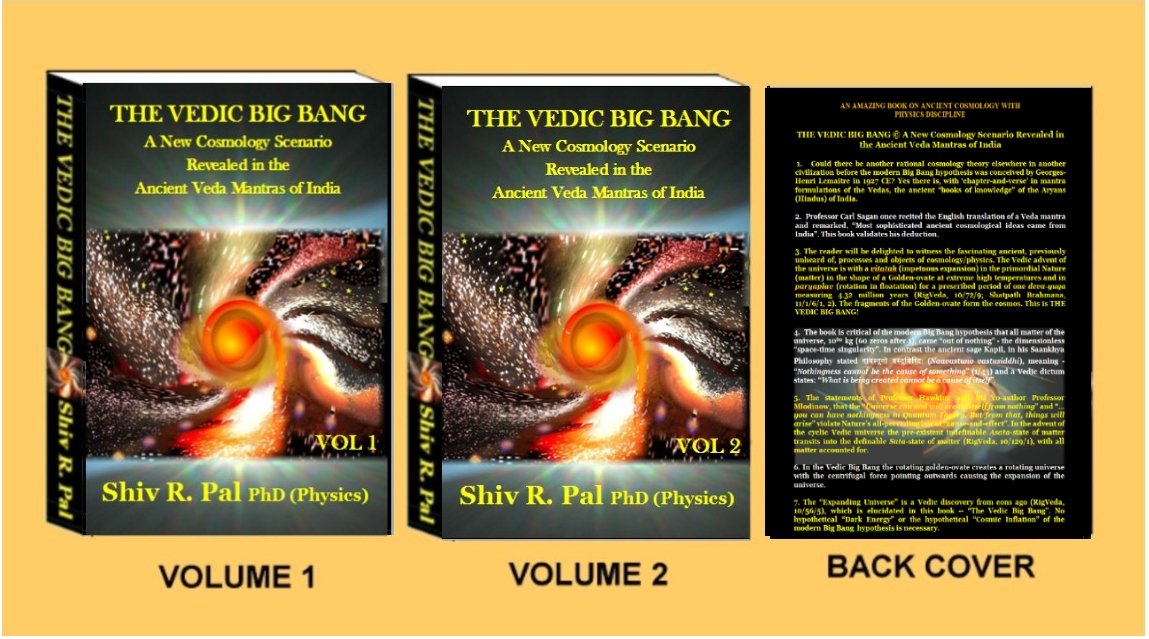
All these planets are within the material world and under the control of Devi (Goddess Durga),and therefore called Devi-Dhama or Devi Loka,”a Vedic scripture“Hari-Vamsa” reads.
Thus, the sense of time is different in different planets and planetary systems. Moreover, the living beings are also different, including the vegetation.

“If they are the same planets orbiting the Sun, how can that be?”
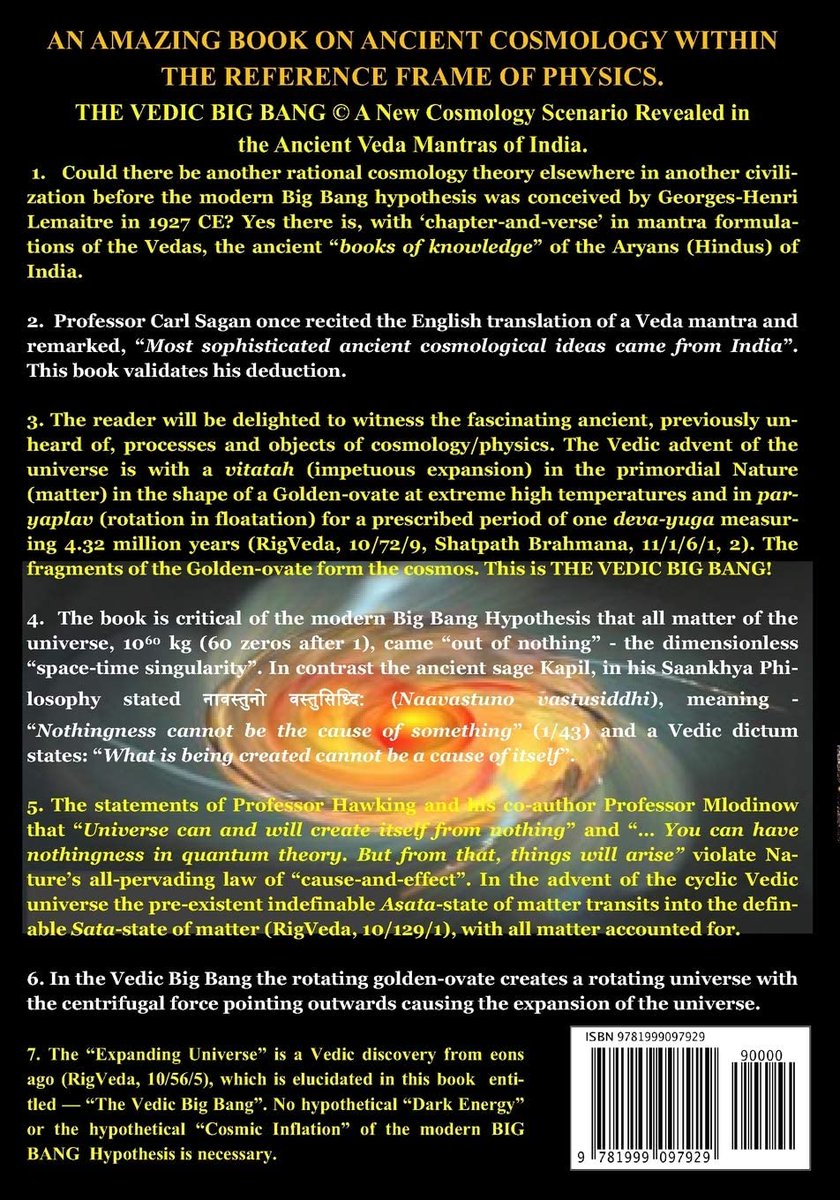
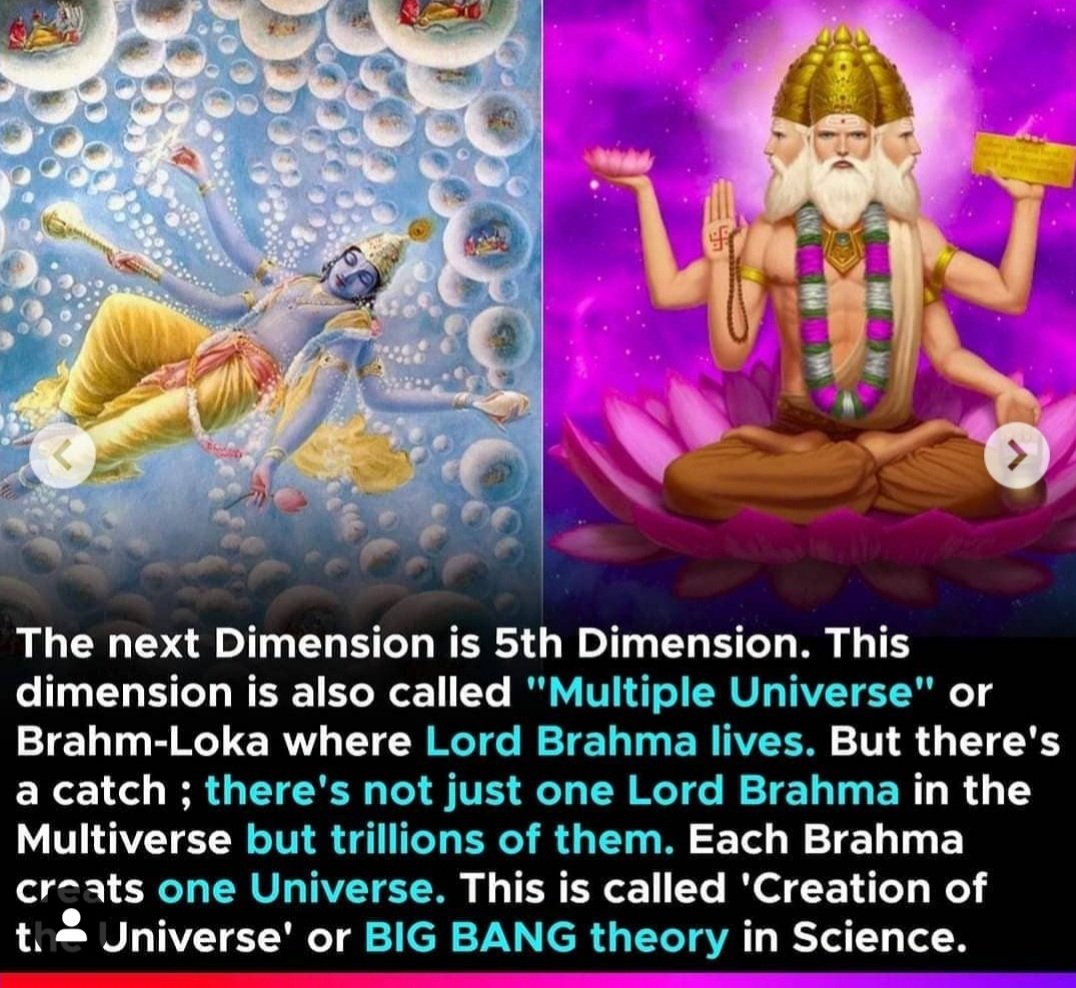
An ocean of saltwater
An ocean of milk
An ocean of curd
An ocean of ghee (clarified butter)
An ocean of liquor
An ocean of sweet water
Our is the ocean of salt, and there are six other varieties elsewhere.
Within the material universe, there are some eternal planets. But they will always be inaccessible for human beings.
Above the Vishnulok is a golden island called MahaVishnulok in the ocean of salt
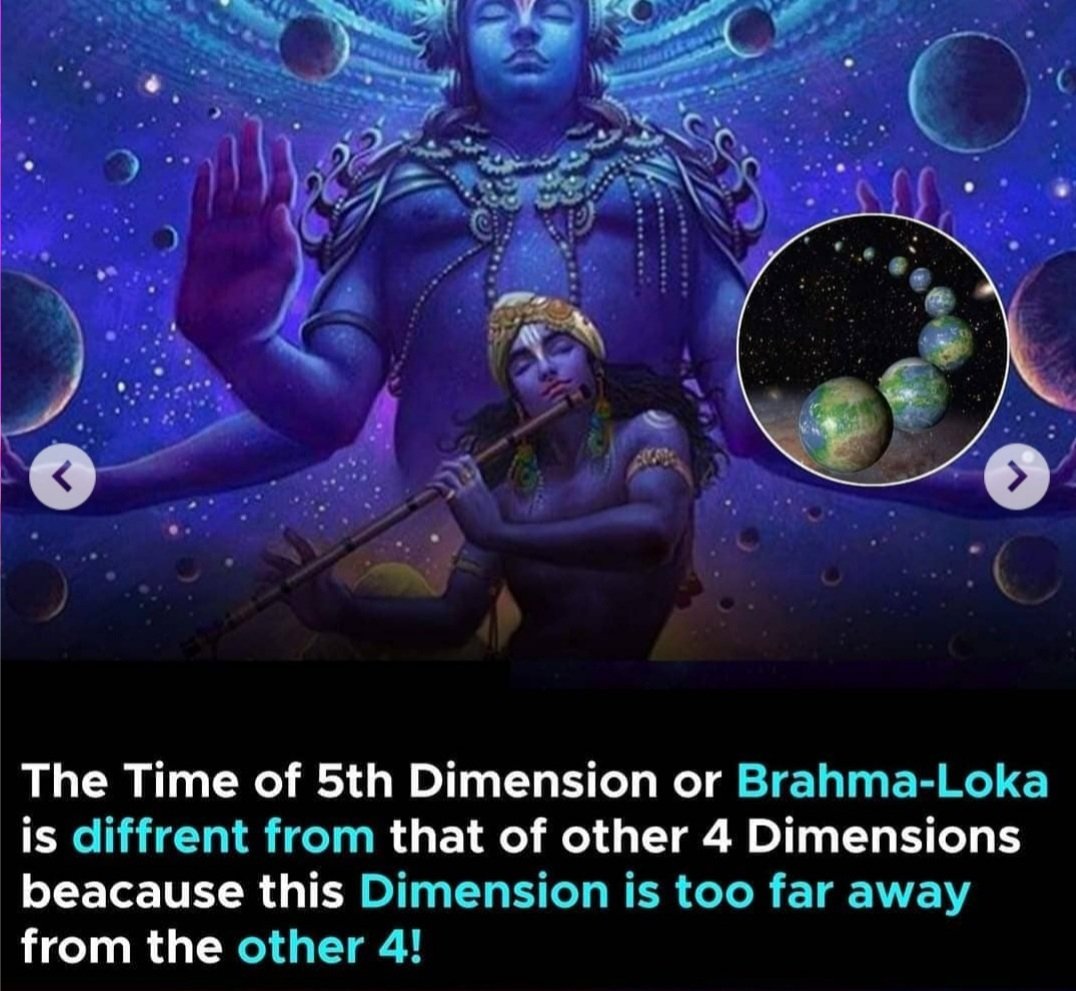
Dhruvaloka is what it is known as, and we see it as a polestar. This planet is 3,800,000 yojanas above the sun (one yojana is equal to eight miles).
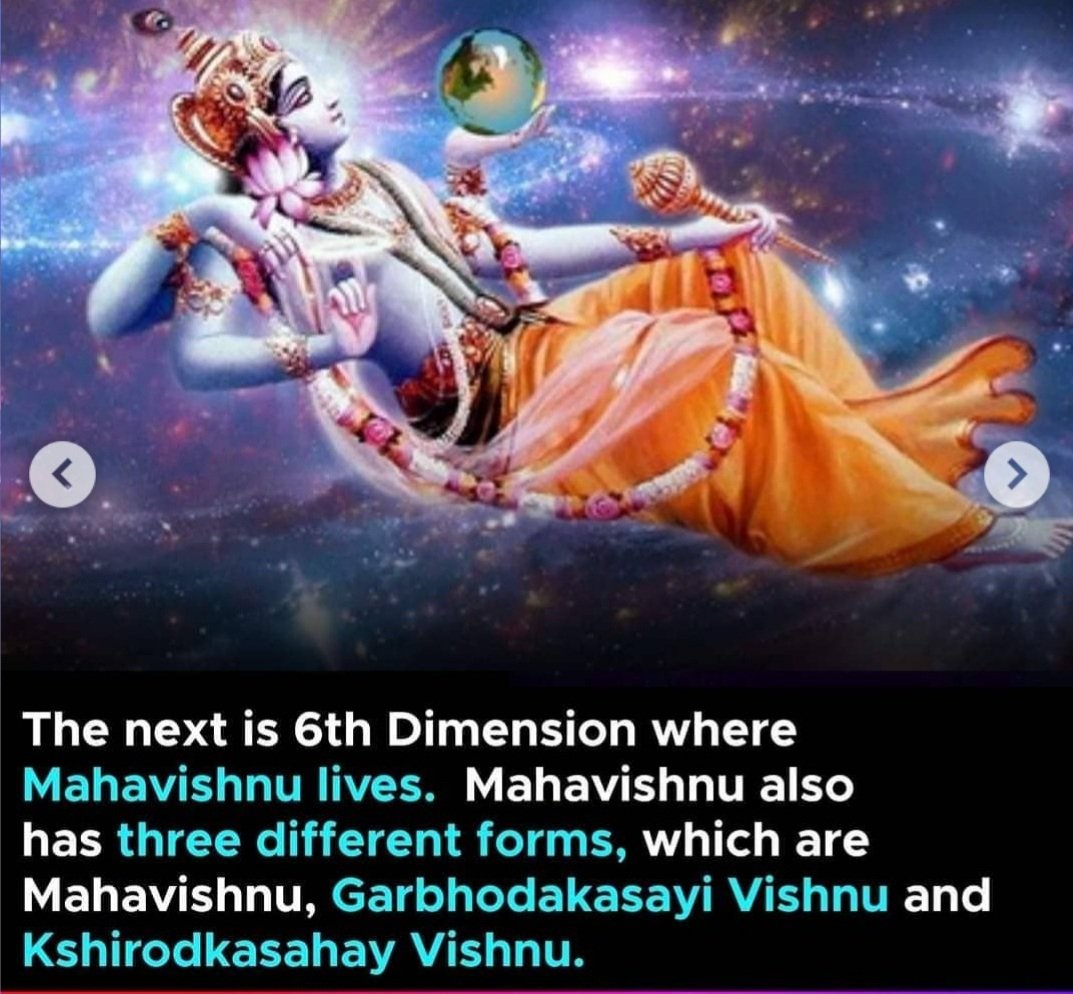
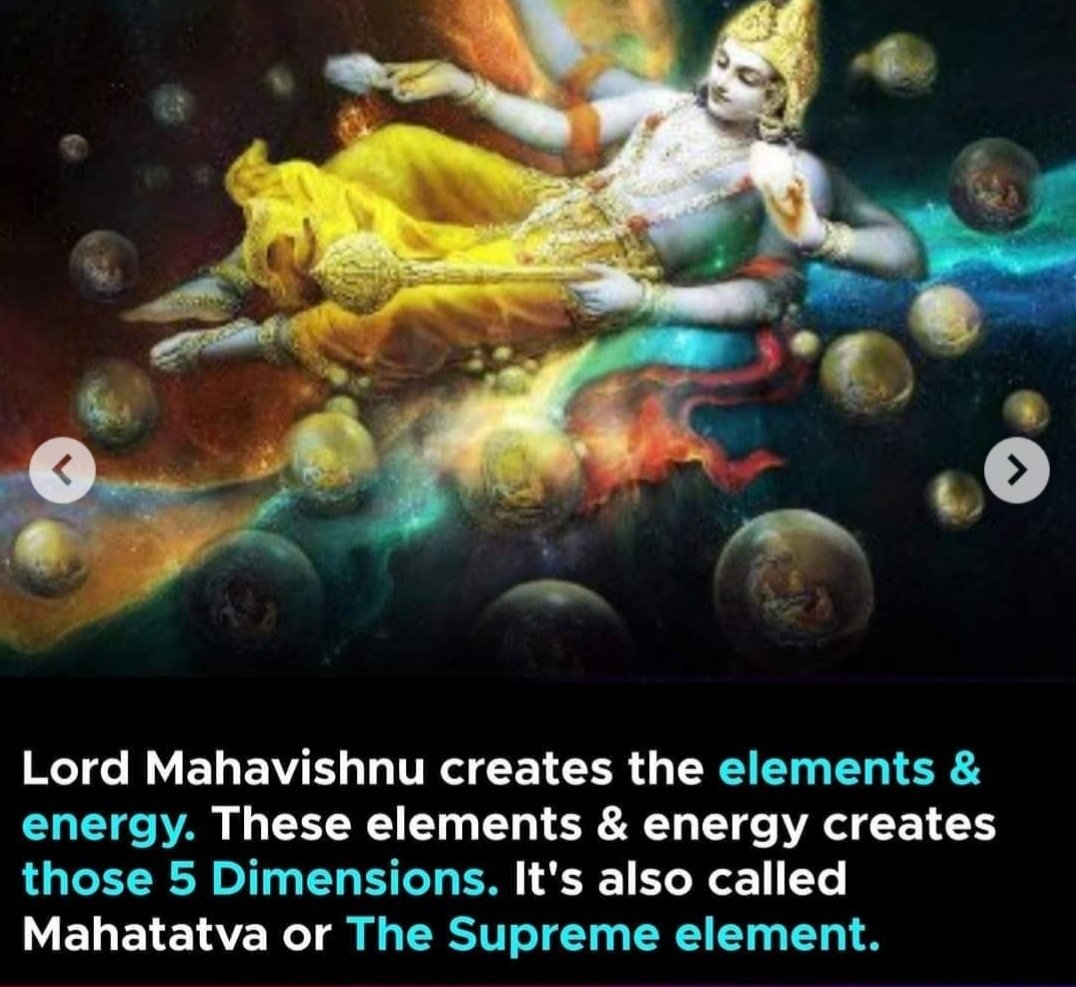
Thus, the approximate diameter of the universe is 500 million yojanas; in miles, it is 4 billion.
More from Vibhu Vashisth 🇮🇳
More from All
The best morning routine?
Starts the night before.
9 evening habits that make all the difference:
1. Write down tomorrow's 3:3:3 plan
• 3 hours on your most important project
• 3 shorter tasks
• 3 maintenance activities
Defining a "productive day" is crucial.
Or else you'll never be at peace (even with excellent output).
Learn more
2. End the workday with a shutdown ritual
Create a short shutdown ritual (hat-tip to Cal Newport). Close your laptop, plug in the charger, spend 2 minutes tidying your desk. Then say, "shutdown."
Separating your life and work is key.
3. Journal 1 beautiful life moment
Delicious tacos, presentation you crushed, a moment of inner peace. Write it down.
Gratitude programs a mindset of abundance.
4. Lay out clothes
Get exercise clothes ready for tomorrow. Upon waking up, jump rope for 2 mins. It will activate your mind + body.
Starts the night before.
9 evening habits that make all the difference:
1. Write down tomorrow's 3:3:3 plan
• 3 hours on your most important project
• 3 shorter tasks
• 3 maintenance activities
Defining a "productive day" is crucial.
Or else you'll never be at peace (even with excellent output).
Learn more
How to be 5x more productive.
— Ben Meer (@SystemSunday) August 1, 2022
A best-selling author\u2019s 3-3-3 Method:
2. End the workday with a shutdown ritual
Create a short shutdown ritual (hat-tip to Cal Newport). Close your laptop, plug in the charger, spend 2 minutes tidying your desk. Then say, "shutdown."
Separating your life and work is key.
3. Journal 1 beautiful life moment
Delicious tacos, presentation you crushed, a moment of inner peace. Write it down.
Gratitude programs a mindset of abundance.
4. Lay out clothes
Get exercise clothes ready for tomorrow. Upon waking up, jump rope for 2 mins. It will activate your mind + body.

